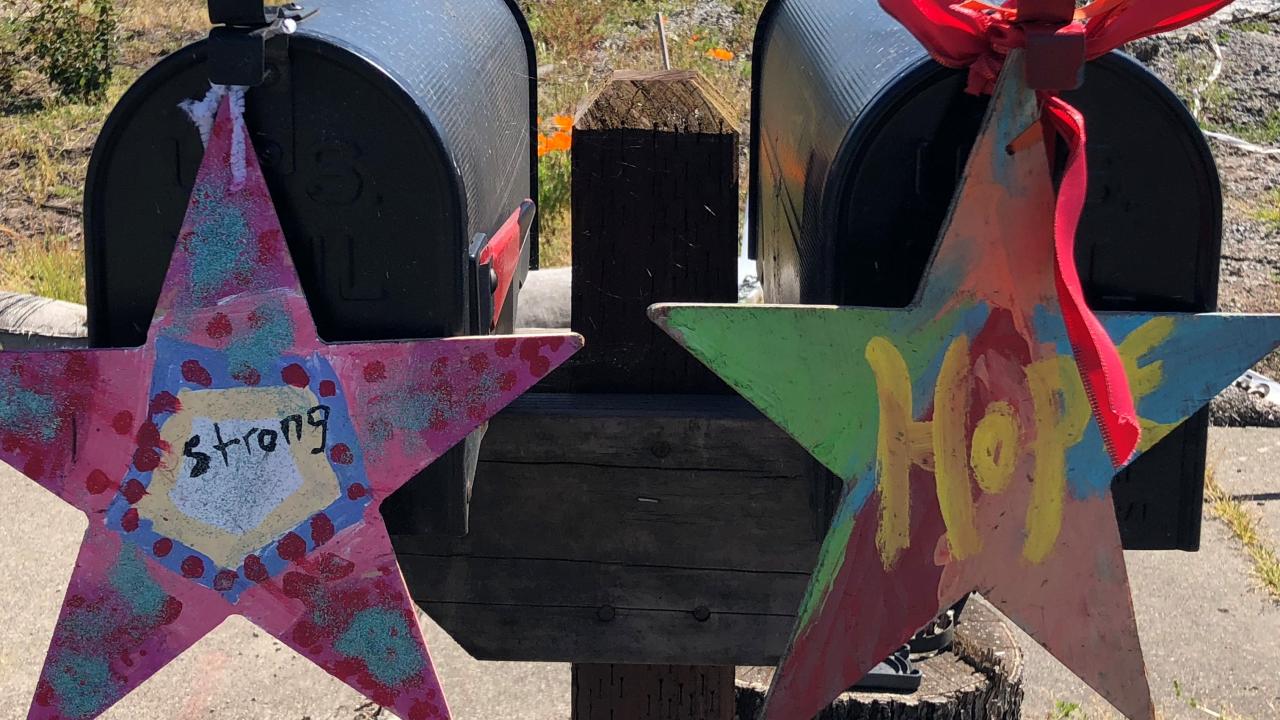
Wildfires: When preparing for the worst is best
When I moved to Sacramento last year I thought I was escaping earthquakes. For years, I lived just down the street from the Hayward Fault in North Berkeley. Our little bungalow on a hill was cute but creaky. I used to joke with my husband that if our house collapsed when The Big One hit we could buy that Airstream he always wanted.
So, it was a relief knowing my family was safe from such a calamity when we moved to Sacramento. Then wildfire season hit.
Like most Californians, I’m beginning to realize none of us can escape the fury of a wildfire. Wildfires in California and across the West burn bigger and hotter every year and are expected to get worse as climate change intensifies. This is a new breed of wildfire too: It’s quickly spreading to urban areas and spewing ash and smoke hundreds of miles for weeks on end.
Like an earthquake, none of us can know when a wildfire will strike. But research shows the strongest predictor of how well people recover from any disaster is directly related to two things: How much they lose and what kind of support they get afterward. That means being prepared matters.
Below is a list of things experts say you can do to prepare for wildfires in the future.
- Be informed. Sign up for one or more emergency notification systems. You can start by enabling the Emergency Alert System through your phone’s settings. You can also sign up for Nixle, which sends messages from local public safety departments and schools about a range of issues from severe weather and traffic to crime. Many people in wildfire-prone areas use Nixle to find out when fires start, where they’re spreading and which roads are open or closed. CalFire’s Ready for Wildfire app provides alerts, as well as wildfire maps, preparedness checklists and videos. It syncs to your phone’s location, links to real-time information about wildfires across the state and is free.
- Make an escape plan. Wildfires aren’t just burning bigger and hotter they’re moving faster now too, so having a plan set up before a wildfire strikes is critical in saving lives. You can be better prepared by knowing how to dress for an evacuation during a fire, having N95 masks on hand and an emergency supply kit in your car, knowing at what point during a wildfire it’s necessary to leave your home, as well as what your escape routes might be. Check out CalFire’s Evacuation Plan Checklist and get other tips to learn what you can do.
- Keep your home safe. Creating a 100-foot safety zone around your property – a defensible space – improves the chances of your home surviving a wildfire. Trimming trees and pruning bushes regularly, mowing grass, cutting away branches so they don’t hang over your roof, removing dead plants and moving wood piles more than 30 feet away from your house are a few things that can protect your home and family. Strategically planting fire resistant plants – like French lavender, red monkey flower, sage and California lilac – can help prevent a fire from spreading, as can spacing out trees, bushes and anything else that’s flammable. CalFire says to plant trees at least 10 feet apart and give them 6 feet of clearance from the lowest branch to the ground. If a shrub sits under a tree, cut the lowest branches of the tree so there’s a space three times the height of the shrub.
- Be prepared for water and power failures. Preparing for the loss of electricity, heat and clean water can be lifesaving in the middle of an emergency. Not having these basic necessities is a major stressor in the aftermath of any disaster. If you or a family member relies on a medical device or drugs that need refrigeration or electricity, work with your healthcare provider to come up with a power outage plan. Make sure phones and other essential equipment like carbon monoxide monitors have back-up batteries. Although it’s expensive, consider a backup generator. Stock up on extra batteries, bottled water and non-perishable food. Have a three-day supply of water that includes one gallon per person and pet per day. Know what to do if you run out of clean water. Have a water filter and non-scented household bleach on hand in case you need it.
- Build stronger communities. Utilities and fire agencies are working at the state and federal levels to create the infrastructure needed to effectively fight fires but individual community members can help, too. Local infrastructure can be as simple as creating a fire watch group on social media to help monitor a specific area, working with local community groups to clear brush regularly from common spaces around a city or organizing your neighbors to help create defensible spaces around each other’s property. Building the capacity to fend off a wildfire helps strengthen communities should the worst happen, too.
- Prevent wildfires. The best preparation of all is prevention. Wildfires are expensive, and even if you’re not directly affected by them, they impact you by draining state resources and exposing you to the smoke that blankets much of California during wildfire season. The National Park Service says about 90 percent of all wildfires are manmade, which means all of us have a stake in knowing how to stop them before they start. CalFire has a Volunteers in Prevention program that aims to reduce manmade wildfires. Among other things, volunteers teach kids and property owners about fire safety and inspect homes in wildland areas to make sure they’re fire safe. Call your local CalFire office if you’re interested in participating.
Jennifer Biddle is a science and health writer. She produced the documentary Waking Up to Wildfires, which aired on PBS stations across the country.